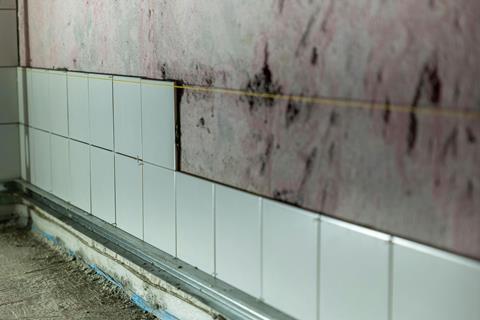A recent study found that mould damage in school buildings does not increase the risk of asthma among students. The study included 110 Finnish primary and secondary schools, and the health of 30,000 students was tracked using national health registers over a 16-year period.

Moisture and microbial damage are known to increase respiratory symptoms and worsen symptoms in individuals with asthma, but there is less information about their long-term health effects. Previous research has shown that moisture and microbial damage in homes may contribute to the onset of asthma. However, no prior studies have investigated the link between such damage in schools and the development of asthma.
READ MORE: Moulds and yeasts in the indoor environment do not increase the risk of developing asthma
READ MORE: Study suggests how to curb spread of mold in future space stations
“The difference in the present findings compared to studies conducted in homes can be explained in several ways. People spend significantly less time in schools than at home. Schools also tend to have more efficient ventilation systems and different construction techniques compared to residential buildings,” says chief researcher Anne Karvonen from the Finnish Institute for Health and Welfare (THL).
Mould damage hidden
Unlike in warmer countries, mould damage in Finland is typically hidden within building structures, and visible mould is rare. This makes it harder to detect damage and assess exposure but also reduces exposure to harmful substances released from the damage.
“According to current knowledge, technical inspections are the best way to assess the extent of moisture and microbial damage in buildings,” says emeritus professor Juha Pekkanen from the University of Helsinki and THL.
“The results suggest that the long-term health effects of hidden mould damage may have been overestimated, especially in public buildings. Nevertheless, repairing such damage is justified for the sake of building maintenance,” Pekkanen adds.
Asthma risk
The newly published study is the first longitudinal study examining the relationship between mould in schools and asthma risk. The extent of damage in 2004 was assessed in 110 school buildings based on all available technical inspection reports.
Extensive mould damage was common: 44 schools had extensive damage, and 38 had very extensive damage. Five schools had been demolished due to the severity of the damage.
In 2004, there were a total of 30,418 students in these schools. Their health was monitored through national registers until the end of 2019. During the follow-up period, 1,035 new cases of asthma were diagnosed. However, no association was found between the extent of mould damage and the risk of asthma—students developed asthma at similar rates regardless of whether they had been exposed to such damage at school or not.







No comments yet